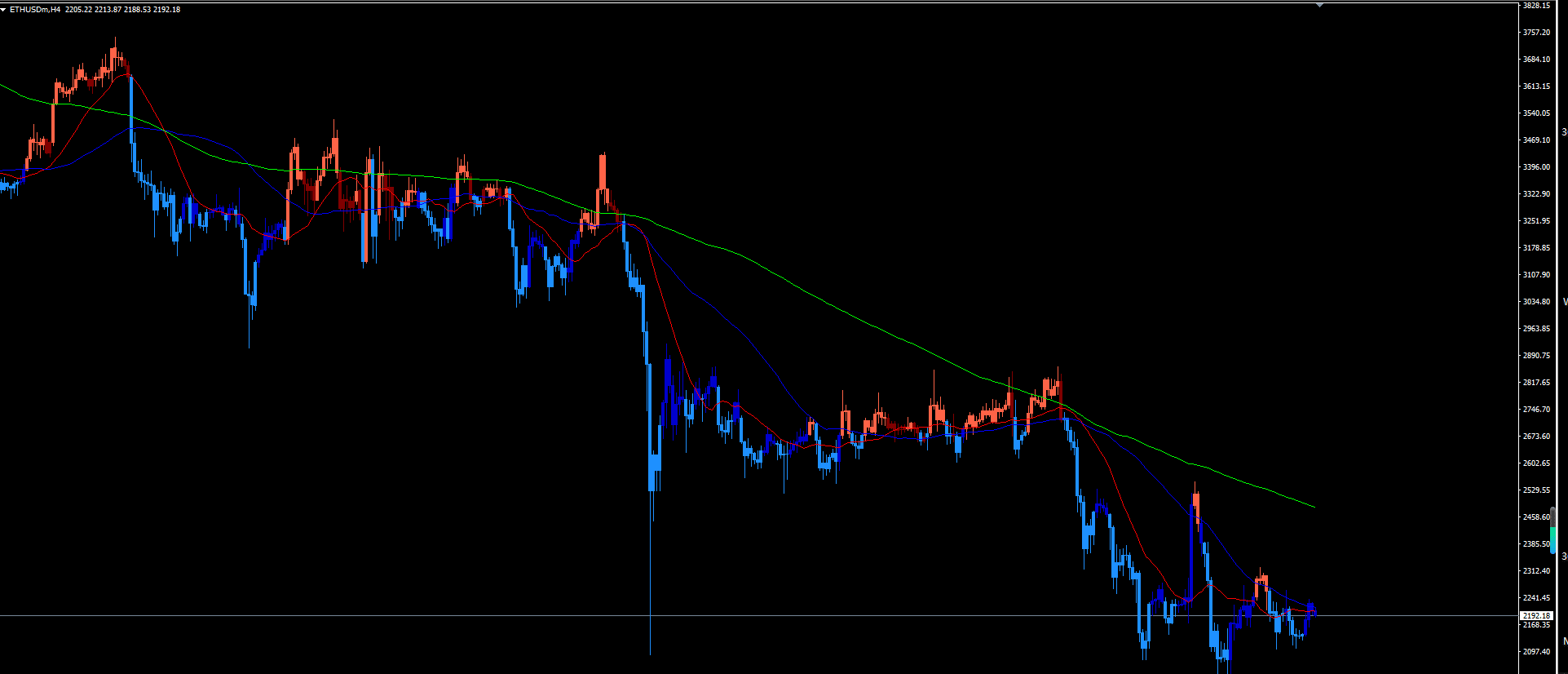Share several commonly used trading systems
1. Principles of the Moving Average Trading System
Trend Identification
Moving averages are the average prices, reflecting the medium or long-term trend direction of the market:
Price above the moving average: bullish trend;
Price below the moving average: bearish trend.
Support and Resistance
Moving averages may act as dynamic support (when rising) or resistance (when falling) in trends.
Smooth fluctuations
Moving averages filter short-term fluctuations by calculating the average price over the past N periods, highlighting the main trend.
2. Construction of the Moving Average Trading System
Choose moving average type
Simple Moving Average (SMA): arithmetic mean, reacts slowly;
Exponential Moving Average (EMA): a weighted average, closer to recent prices;
Weighted Moving Average (WMA): custom weights, high flexibility.
Determine moving average periods
Short-term moving averages (e.g., 5-day, 10-day): sensitive, suitable for short-term trading;
Medium-term moving averages (e.g., 20-day, 50-day): balance sensitivity and stability;
Long-term moving averages (e.g., 100-day, 200-day): suitable for long-term trend tracking.
Signal generation rules
Single Moving Average System:
Buy: Price crosses above the moving average;
Sell: Price crosses below the moving average.
Dual Moving Average System:
Buy: Short-term moving average crosses above long-term moving average (golden cross);
Sell: Short-term moving average crosses below long-term moving average (death cross).
Multi-moving average system:
Use multiple moving averages (e.g., 5-day, 20-day, 60-day) to assess trend strength.
Stop-loss and Take-profit
Stop-loss: Price reverses and breaks through the moving average, or fixed percentage stop-loss;
Take profit: Trend reversal signal (e.g., moving average turning), or fixed risk-reward ratio (e.g., 2:1).
3. Optimization of the Moving Average Trading System
Parameter Optimization
Backtest using historical data to find the optimal moving average periods (avoid overfitting);
Combine with market characteristics: use short periods for short-term trading, long periods for long-term investment.
Filter false signals
Add volume filter: a breakout through the moving average should be accompanied by increased volume;
Combine with other indicators: such as MACD, RSI to validate trend strength.
Multi-timeframe analysis
Long-term cycles (e.g., daily) determine trend direction;
Use small periods (e.g., 1 hour) to find entry points.
4. Precautions
Lagging nature of moving averages
Moving averages are based on historical data, and signals lag behind price changes, potentially generating false signals at the end of trends.
Poor performance in a volatile market
In a sideways volatile market, the moving average system may frequently issue buy and sell signals, leading to losses.
Risk Management
Control the risk of a single trade within 1%-2% of total capital;
Avoid heavy trading; diversify investments.
Psychological Discipline
Strictly execute signals, avoiding subjective interference;
Accept inherent losses of the system, and pursue long-term positive expected value.
5. Practical Case Studies
Taking the dual moving average system (10-day EMA & 50-day EMA) as an example:
Buy signal: 10-day EMA crosses above 50-day EMA, and price is above the moving average;
Sell signal: 10-day EMA crosses below 50-day EMA, or price breaks below 50-day EMA;
Stop-loss: Price breaks below 50-day EMA after buying;
Take profit: Price breaks below 10-day EMA, or reaches a preset risk-reward ratio.
Conclusion
The moving average trading system is a simple and effective trend-following tool, but its performance depends on market conditions and parameter settings. With reasonable optimization, strict risk control, and psychological discipline, the moving average system can become a cornerstone of stable profits. However, traders must realize that no system can adapt to all market environments; the key lies in long-term consistent execution and continuous improvement.

